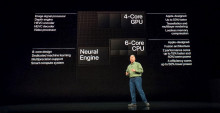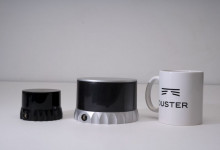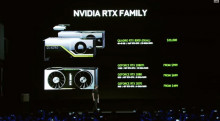A quick explainer on the promise—and risks—of TrueDepth in the iPhone XS
Apple's new iPhones launch this week, and unlike last year, every one of the new devices comes equipped with the TrueDepth sensor array originally found in the iPhone X. Most consumers who are interested in Apple's products know that piece of technology drives Face ID (an authentication method by which you log into your phone just by showing it your face) and Animojis, those 3D animated characters in Messages that follow your facial expressions.













































































